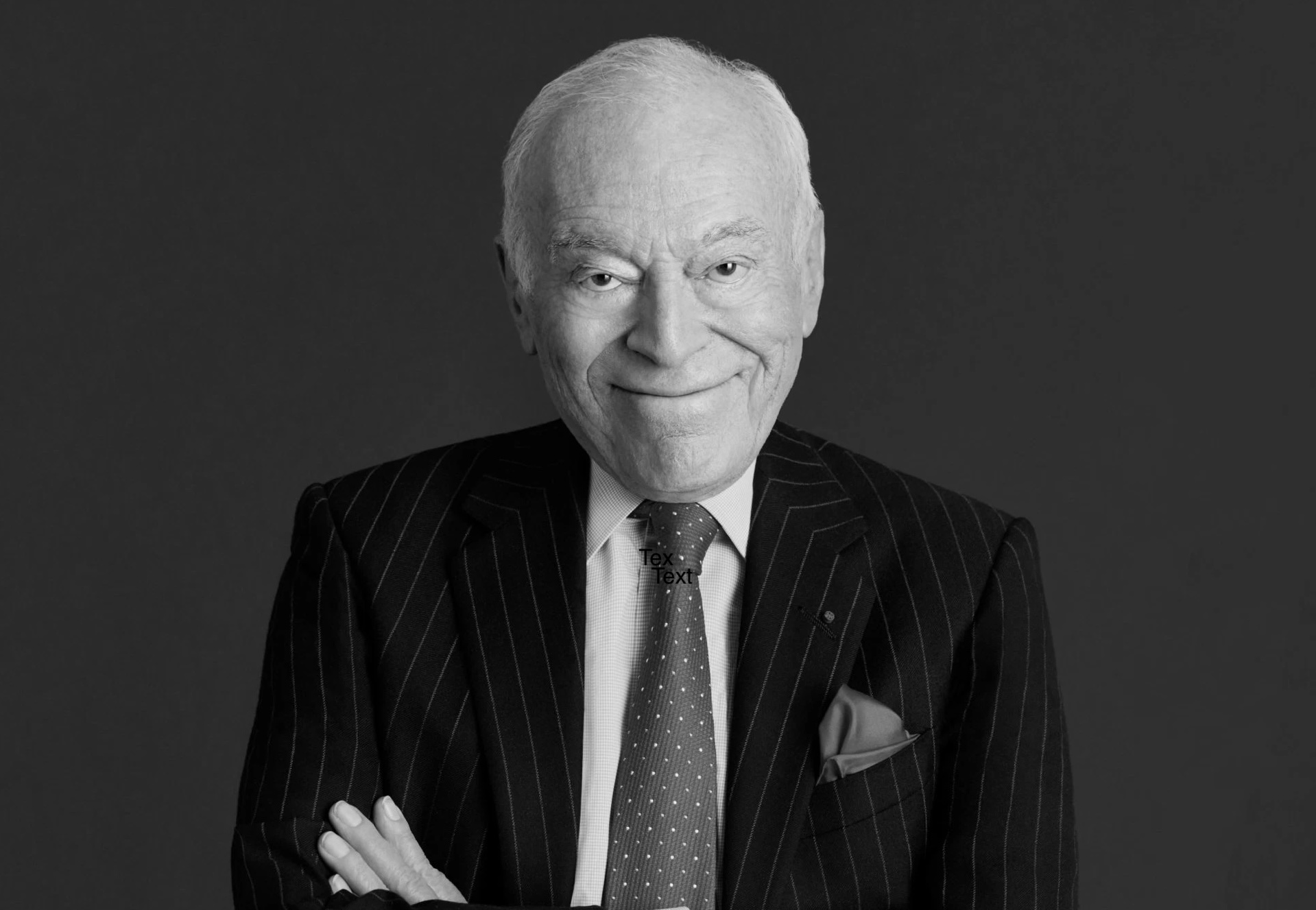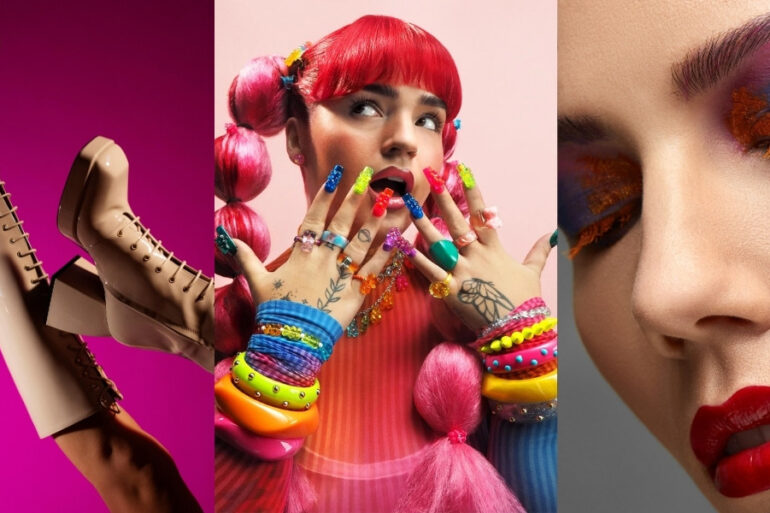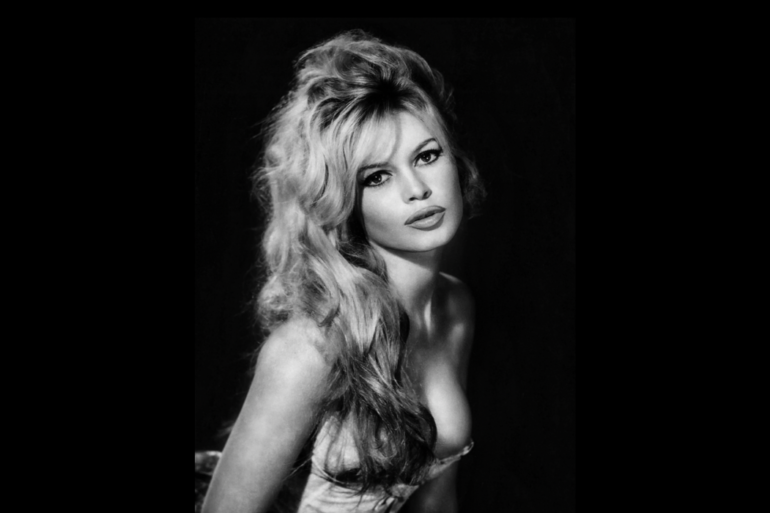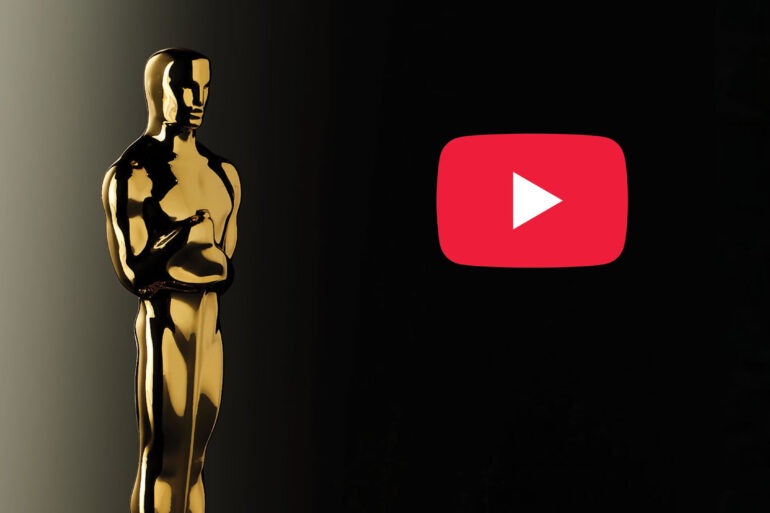Lauder is credited with transforming the company from a brand sold only in US stores to a global leader in prestige beauty that it is today.
Long before there were Kylie cosmetics, Rare Beauty, Fenty Beauty, Rhode and all the other celebrity-owned cosmetic brands, there was Estée Lauder.
I would go as far as saying that the American brand is still more widely recognizable than these trendy labels made popular by social media. As a ‘90s kid, I grew up seeing Estée Lauder’s products at the mall. It was—and still is—quite ubiquitous, with ads once splashed on the pages of glossy magazines and popular broadsheets. Its name is also memorable for the rather funny fact that for young Filipino kids of yesteryears, it’s one of those posh brands we found difficult to pronounce. (I mistakenly thought it was French!)
On June 14, Leonard Lauder , the businessman who built Estée Lauder into one of the world’s biggest cosmetic makers, passed away. Lauder made the brand a recognizable name from its New York headquarters all the way to the Philippines.
Related story: Hailey Bieber just sold her beauty brand Rhode for $1 billion
Related story: Selena Gomez, 32, is the newest member of Hollywood’s billionaire club
A cosmetics industry icon and a compassionate leader
Born to a Jewish family in New York City in 1933, Leonard was the eldest son of Estée and Joseph H. Lauder, the founders of the Estée Lauder Companies. In an article on CNN, it was mentioned how, as a young boy, he would join his mother on sales calls in salons and help her pack boxes of powder and cleansing oils.
Leonard went on to graduate from the University of Pennsylvania’s Wharton School and the Officer Candidate School of the United States Navy. He also studied at Columbia University’s Graduate School of Business. Unbeknown to many, Leonard served as a lieutenant and reservist in the US Navy.
Leonard formally joined Estée Lauder in 1958, serving as president from 1972 to 1995, and as chief executive officer from 1982 through 1999. From 1995 to 2009, he served his family’s company as chairman. For over six decades, he helped transform the business from a handful of products sold under a single brand in American stores to the global leader in prestige beauty that it is today. He remained involved with the business and was chairman emeritus until his death.
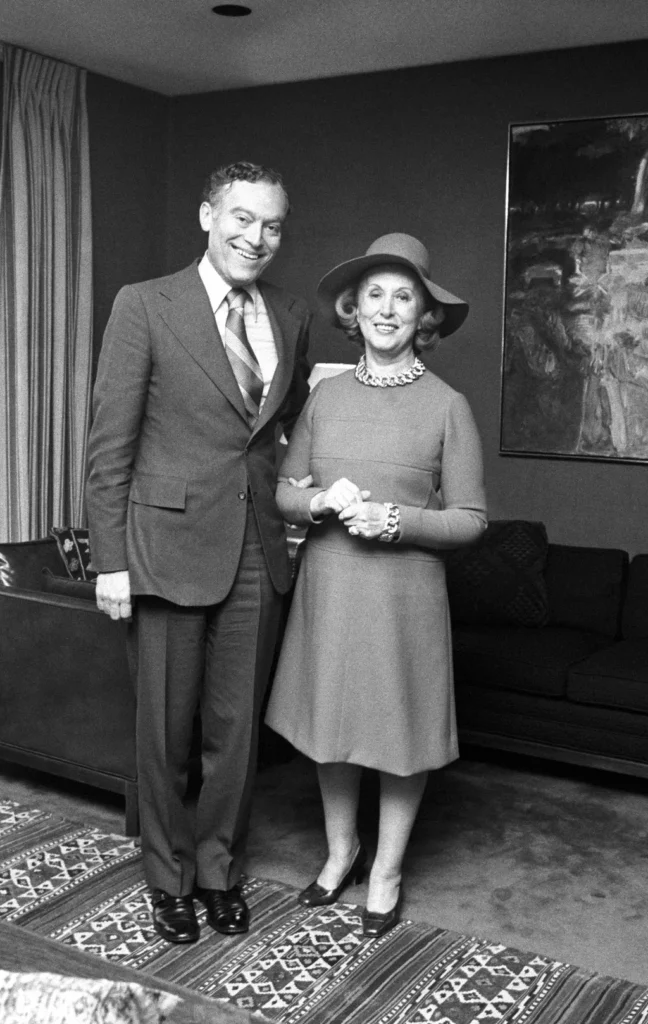


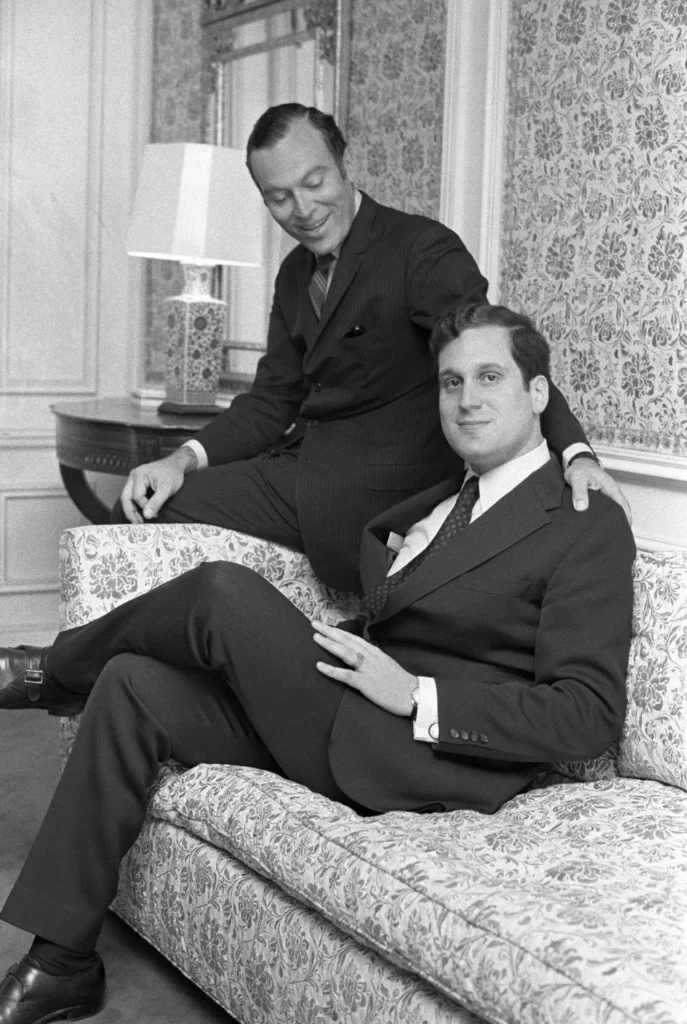


In a statement, the Estée Lauder Companies described Leonard as a “legendary brand builder” who challenged the status quo and revolutionized the beauty industry. The BBC called him “an accomplished dealmaker” who bought brands including Aveda, Bobbi Brown, Jo Malone London, La Mer, and MAC.
In the same statement, the Estée Lauder Companies president and CEO Stéphane de La Faverie said that Leonard Lauder was beloved by many and will be “missed tremendously.” He hailed him as an icon, pioneer, and a “deeply compassionate leader who cared profoundly about every person in the company.”
Upon his death at age 92, the billionaire had an estimated fortune of US$10.1 billion, according to the 2025 Forbes rich list. At the time of his birth, the firm’s annual sales were less than US$1 million (about US$11 today, adjusted for inflation). Fast forward to 2025, Estée Lauder Companies now operated in 150 countries with sales of US$15.6 billion last year.
Leonard has been credited with creating “the lipstick index” amid the economic downturn in the wake of the 9/11 attacks. It was said that he noticed that the purchase of cosmetics tended to be inversely related to the economy because women replaced more expensive purchases with small pick-me-ups. In the fall of 2001, US lipstick sales increased by 11%.






Estée Lauder Companies, however, has been in a slump recently. In February, the cosmetics giant posted a fiscal 2025 second-quarter operating loss of US$580 million, or US$1.64 per share, per Investopedia. Revenue fell 6% year-over-year to US$4.0 billion. In March, CNBC reported that its stocks tumbled more than 80% from an all-time high of US$371.86 in 2022. Similar to the weakening demand hounding luxury fashion brands, Estée Lauder’s sluggish sales is blamed on slowing demand in China and the rest of the Asia-Pacific region.
In response, de la Faverie introduced a bold action plan in February called “Beauty Reimagined,” which aims to “restore the company’s sustainable sales growth,” per the Estée Lauder website. The multi-year turnaround plan is expected to cost between US$1.2 billion and US$1.6 billion. Leonard Lauder, however, is no longer around to see if his beloved company will be able to power through this global malaise afflicting both the fashion and beauty industries.
Related story: Why luxury brands are losing their luster in 2025
Related story: Burberry to slash 20% of global workforce amid sluggish sales
Related story: Kering sales plummet more than expected as Gucci’s woes deepen
Related story: Global issues to watch in 2025
A passionate art lover and philanthropist
Apart from running his family’s billion-dollar business, Leonard was deeply involved in medical research, paving the way for the creation of Estée Lauder’s first-ever research and development laboratory. He was also active in initiatives supporting education, art, foreign policy, and philanthropy.
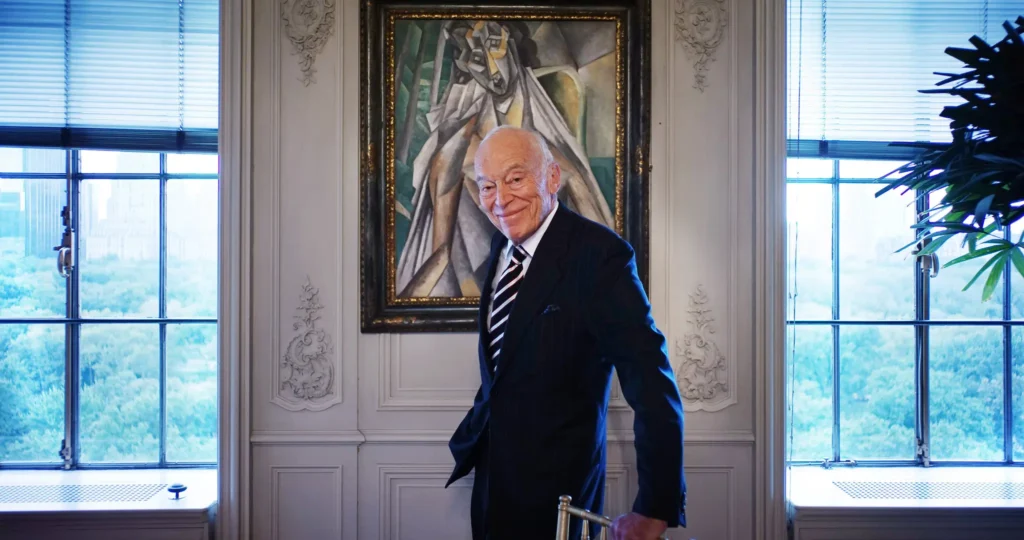


Leonard, for instance, believed in the importance of public access to art and museums. His philosophy was that the primary role of a collector was to conserve, not possess, Estée Lauder Companies’ official statement mentioned. He was a long-time supporter of the Metropolitan Museum of Art in New York, even founding the museum’s Research Center for Modern Art in 2013. In the same year, he pledged his 78-piece collection of Cubist art to the museum in the largest single philanthropic gift in the Met’s history. He also served as the Whitney Museum of American Art’s chairman emeritus and a trustee from 1977 to 2011.
He was a long-time advocate of cancer research and served as honorary chairman of the board of directors at the Breast Cancer Research Foundation, the organization founded in 1993 by his late wife, Evelyn H. Lauder (d. 2011). Leonard also championed the fight against Alzheimer’s by co-founding the Alzheimer’s Drug Discovery Foundation with his brother, Ronald. He remained actively engaged with these organizations until his death.
An outpouring of grief
Celebrities have started paying tribute to Leonard Lauder, most notably longtime Estée Lauder ambassador Elizabeth Hurley, who got her first modeling job with the company. She said on Instagram: “I’m devastated to hear about the passing of my beloved friend and mentor, the remarkable Leonard Lauder…I called him my American Daddy and I can’t imagine a world without him.”
Supermodel and face of Estée Lauder Karlie Kloss also paid tribute to Leonard on Instagram, whom she described as a “giant.” “He’s been a profound inspiration to me, both personally and professionally. I feel incredibly lucky to have learned from him and to have witnessed the depth of his purpose and impact,” she said.
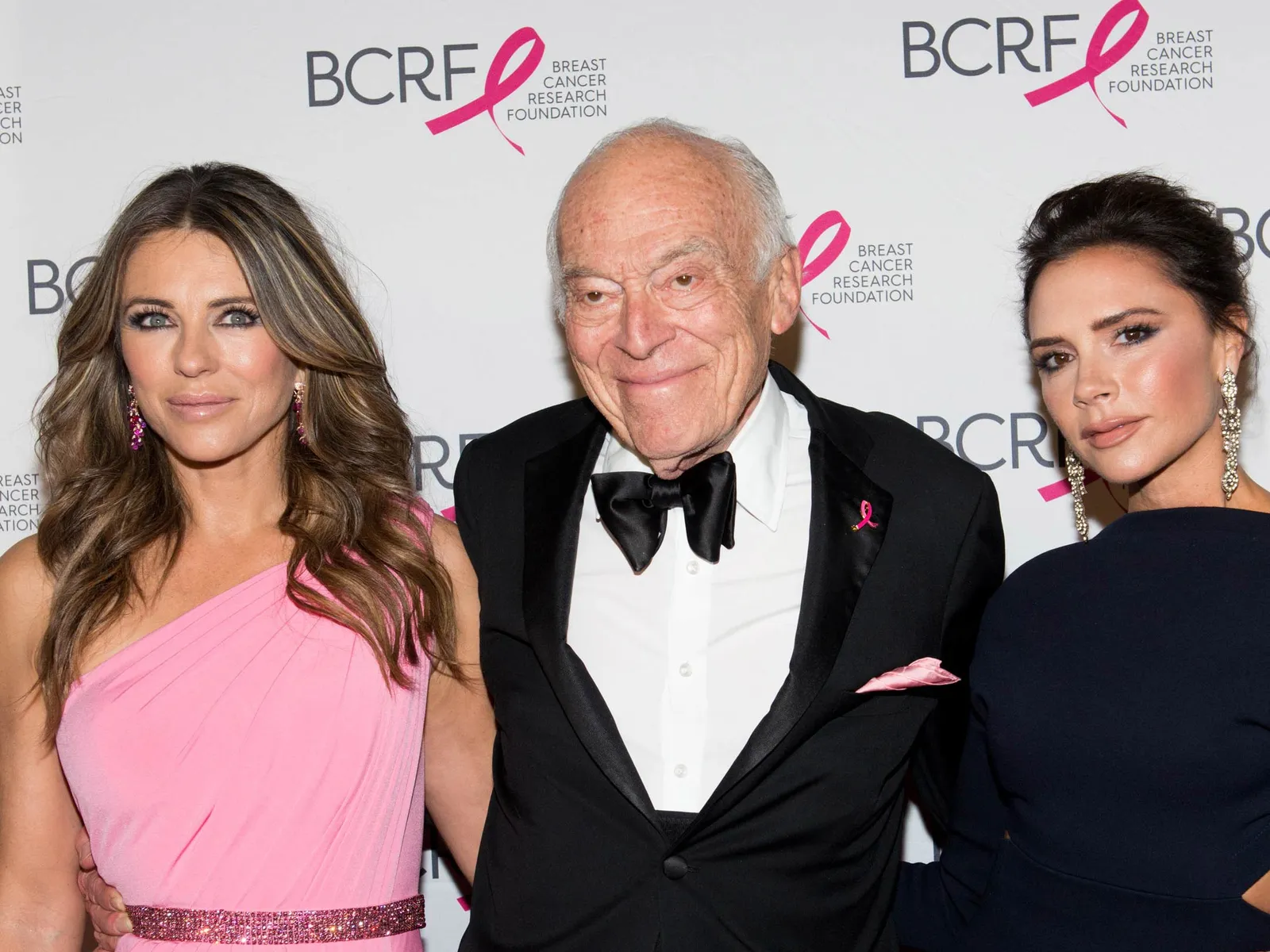


Make-up maven Bobbi Brown also took to Instagram to pen a heartfelt message for Leonard, saying that she learned about building a business from the late Lauder scion. “He gave me the permission to be myself and told me to never ask for permission but beg for forgiveness, which I often did,” she said. Bobbi sold her eponymous brand to the Estée Lauder Companies in 1995.
Leonard’s younger brother Ronald Lauder, 81, said that his brother’s “impact will be felt for generations to come thanks to his tireless philanthropy, advocacy, and creativity in tackling some of the world’s greatest challenges.” He continued by saying that the number of lives his brother touched and positively impacted across all his endeavors is “immeasurable.”
Estée Lauder Companies’ founding family remains the biggest shareholder in the firm, Ronald serves as chairman of Clinique Laboratories, and three other members of the Lauder family serve on the board of directors.
Leonard Lauder is survived by his second wife, Judy Glickman Lauder, and his sons William and Gary.
Related story: Eight essential New York City museums you absolutely must visit
Related story: New York stories

